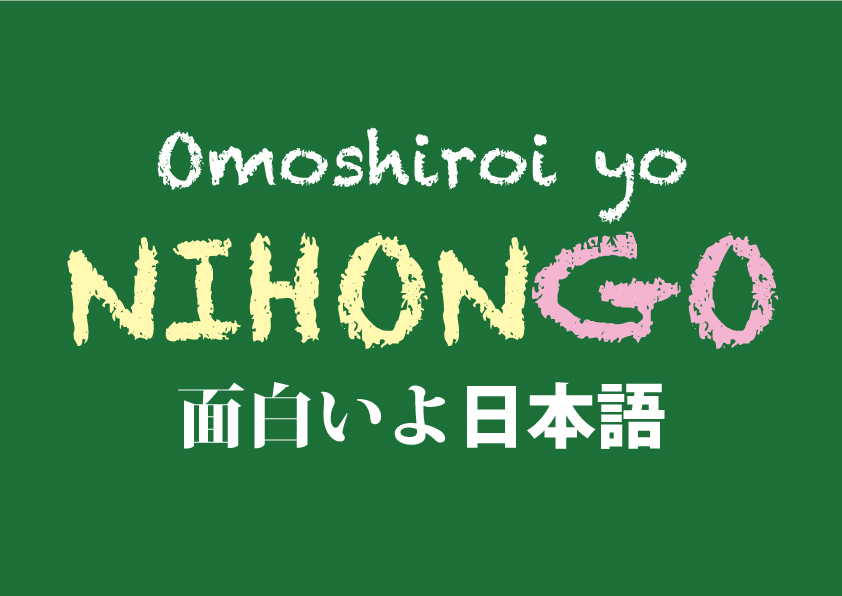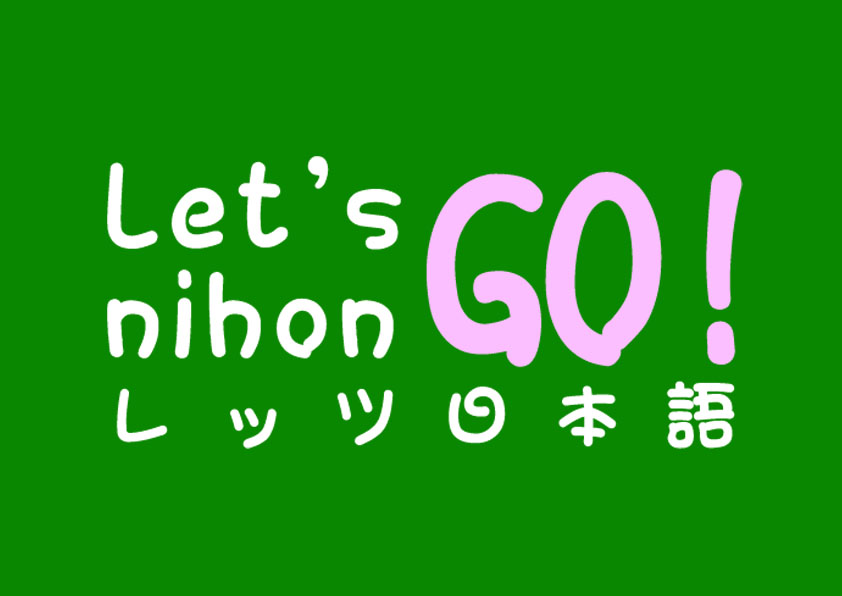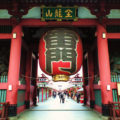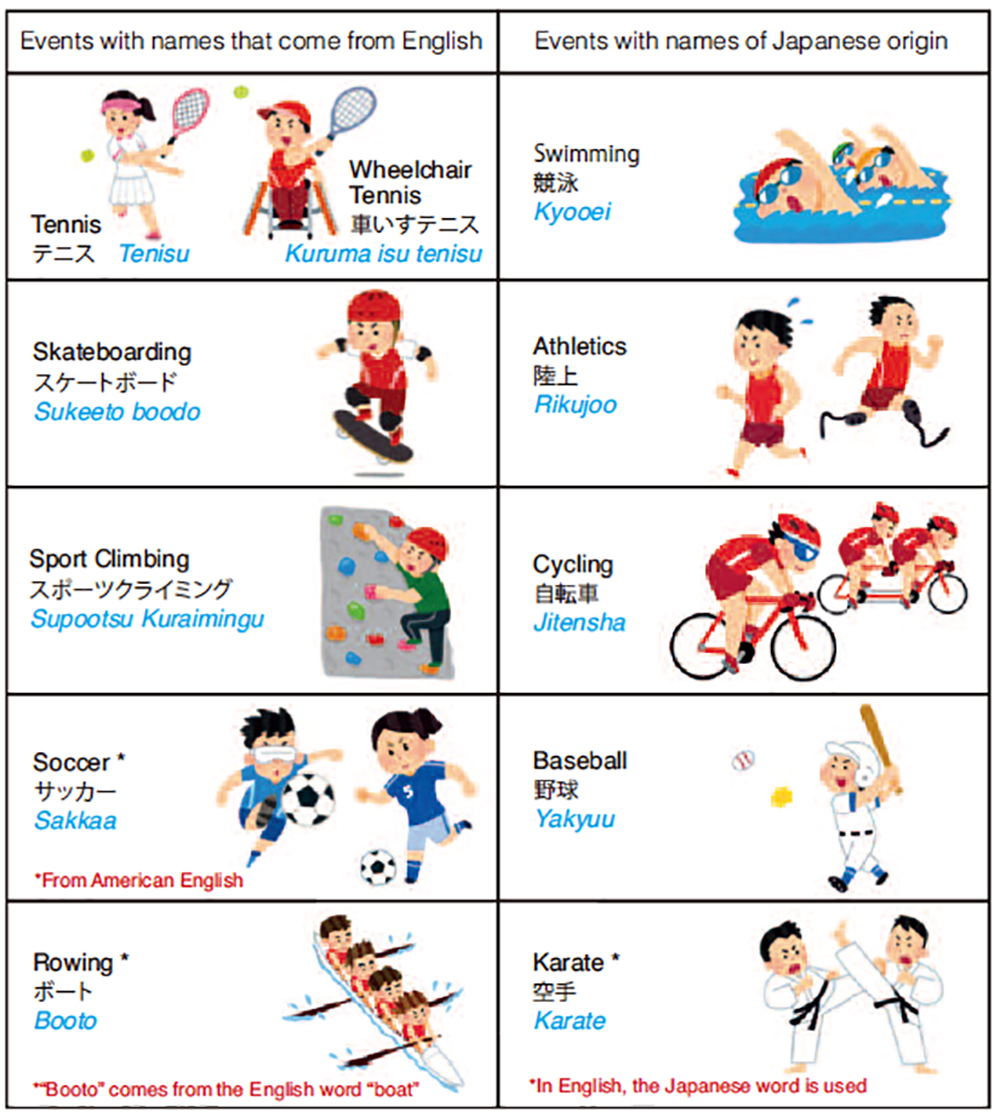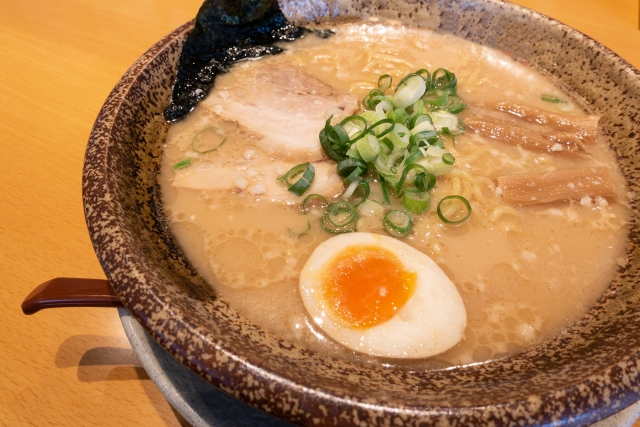

Hello there! This column will include useful Japanese phrases that cover a variety of topics.
Konnichiwa, Mina-san! (Hello, everyone!) Now we’re in March, spring is just around the corner! Spring is the perfect season to travel to Japan. As you know, from the end of March to the beginning of May, in every region in Japan from the south to the north, your eyes will be greeted with the sight of cherry blossoms, cherry blossoms and more cherry blossoms. In famous cherry blossom spots, as far as the eye can see the place becomes dyed with multiple gradations of pink and bursts with colour. Has this made you want to go to Japan? And if you did go to Japan, I bet you want to eat the dish that everyone always wants to try… ramen! Lots of ramen shops in the United Kingdom seem to serve “tonkotsu (pork-bone broth) ramen”, but in Japan, as well as tonkotsu, there are also “shooyu (soy sauce) ramen”, “miso ramen”, “shio (salt) ramen” and “gyokai (seafood) ramen”. Japanese people love eating special regional ramen, which in Japanese is called “ご当地ラーメンgotoochi ramen”, when they visit different places in Japan. Kumamoto Prefecture, which is the star of this month’s issue of Zoom, is famous for tonkotsu-based “Kumamoto Ramen”.
Did you know that in most ramen shops, you can customise your ramen to your tastes? I bet you would be pleased if you were able to order your favourite type of ramen. Picture this: You are in a ramen shop. Let’s use ramen specific vocabulary to order your own favourite ramen in a cool way! (S=Staff, C=Customer)
S: Gochuumon wa?
ご注文は。
(What is your order?)
C: XX ramen kudasai.
XXラーメン ください。
(I would like a XX ramen.)
S: Men no katasa wa?
めんの かたさは。
(How hard would you like your noodles?)
C: “Barikata” de.
「バリカタ」で。
(Very hard.)
S: Toppingu no tsuika wa?
トッピングの 追加は。
(Would you like to add a topping?)
C: Ajitama hitotsu to moyashi oome de.
味玉 一つと、もやし 多めで。
(I would like to add one ajitama and extra beansprouts.)
How you can customise your ramen depends on the shop, so don’t get caught out. I’m going to introduce the two main things you can customise at most shops.
Firstly, about “バリカタbarikata”. “バリBari” is Hakata Dialect (a North Kyushu dialect) word meaning “very”. “カタKata” comes from the Japanese word for “hard (かたいkatai)”. So “barikata” is a special ramen word. There are subtle distinctions between the hardness of the ramen noodles. From the softest type, “バリやわbariyawa”, to “や わyawa” (soft), “ふつうfutsuu (regular) ”, “カタ kata (hard) ”, “バリカタbarikata (extra hard) ”, “ハリガネharigane (extra extra hard) ”, “こなおとしkona-otoshi (flour-dropped) ”, there is a ramen noodle of every consistency. “Harigane”, directly translated, means “wire” – so you can imagine how hard those noodles are! For Japanese people, “kata” and “barikata” are the most popular.
Next up, ramen toppings. You can pick what toppings you like and the quantity in order to best suit your taste. “あじたまAjitama (seasoned soft-boiled eggs) ” are a popular choice, as well as “チャーシュ ーchaasyuu (pork belly chashu)”. If you ever want to increase the amount of toppings like vegetables, say: “XX-oome 多め” and if you ever want less of a certain topping, you can say “XX-sukuname 少 なめ”. “XX-nashiなし(“No XX!”)” is something you can say if you don’t like a certain topping. Oh! And I forgot one other important point! Have you ever had lots of soup left after you finish your ramen? Soup is the spirit of ramen! It’s a waste to leave such delicious soup in your bowl… At times like that, you should order “かえだまkae-dama (an extra serving of noodles)”. You can put this extra serving of noodles in your left-over soup. And don’t forget to tell the waiter how hard you would like your noodles to be.
Now you are a ramen connoisseur! Discover your own favourite ramen out of the huge possible variety of ramen combinations.
Sayoonara, jaa mata!
さようなら、じゃあまた!
(Goodbye, see you!)
MARIKA.H
check out a movie about various restaurants in Japan.
https://www.erin.ne.jp/en/lesson08/letssee/index.html
‘Minato’ – learn Japanese and interact with fellow students around the world online.
https://minato-jf.jp/

